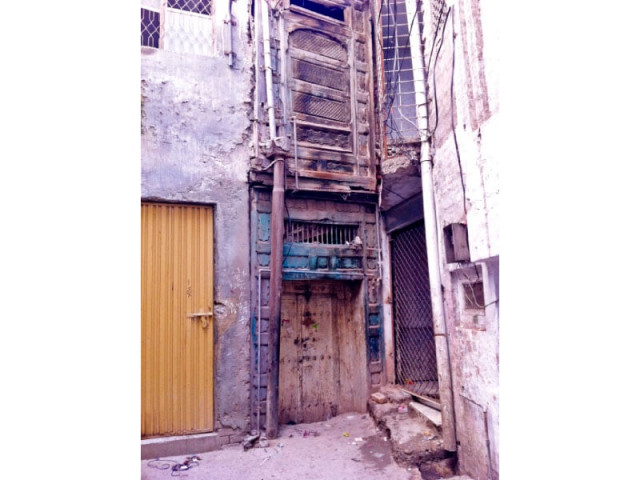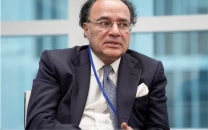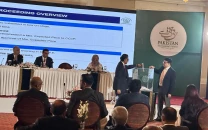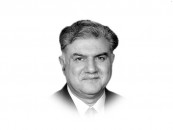A home for Dilip Kumar in Pakistan
Decision to turn Dilip Kumar’s house into a heritage site signals willingness by government to accept a shared history

Like Ivo Andric or Garcia Marquez, Kumar is not confined to his current national boundaries; his significance — and his life — spans the Subcontinent. While Kumar has already been awarded the Nishan-e-Imtiaz, Pakistan’s highest civilian honour, the move to declare his childhood home, currently dilapidated, a heritage site is one more step towards the recognition of those individuals on a regional scale. The house of Raj Kapoor, also in Qissa Khwani Bazaar, is also set to be declared a heritage site.
But beyond the deserved recognition of South Asia’s actors, the move signals a willingness by the government to accept a shared history, a pricklier idea. As far as Pakistan’s geography is concerned, ruins from the Indus Valley Civilisation, excavations in Bhambore, Buddhist relics in Peshawar all suggest a breathtaking unity within narratives of history which has been systematically shrouded from view. Our history writing is informed by the Two-Nation Theory, impossibly dissecting events, people and physical locations into ‘Pakistani’ and ‘Indian’ at a time when those divisions did not exist. To an extent, the laurels towards Kumar mitigate that charge. Kumar, a Muslim, chose to stay in India, but is being honoured all the same. A similar openness with other figures — Raj Kapoor is a start; Bhagat Singh also comes to mind — will only help bridge this historical and historiographical divide.
Published in The Express Tribune, July 19th, 2014.
Like Opinion & Editorial on Facebook, follow @ETOpEd on Twitter to receive all updates on all our daily pieces.


















COMMENTS
Comments are moderated and generally will be posted if they are on-topic and not abusive.
For more information, please see our Comments FAQ